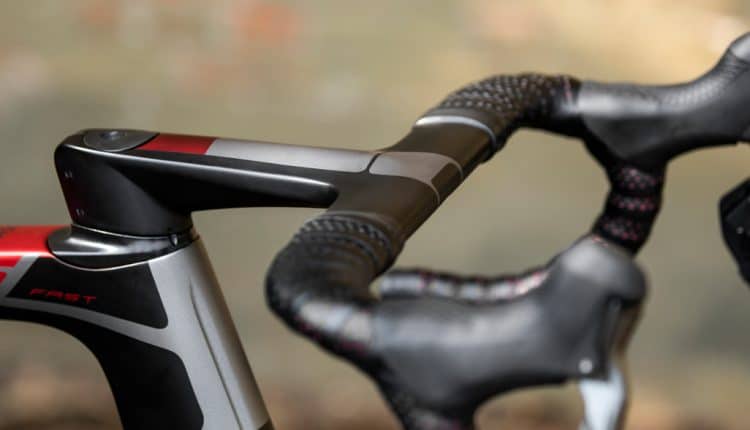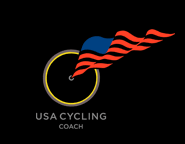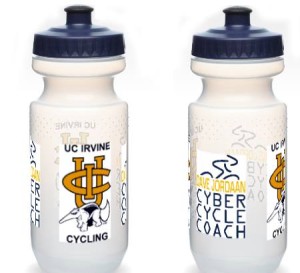
Having completed thousands of Bike Fits I can attest to the fact that a large percentage of cyclists lean towards sexy looking bikes and components and then, when they experience back, neck, hands, feet, etc. pain they make an appointment with me for a bike fit expecting a miracle solution that will accept outrageously unfit bikes and components. My question to them is often “do you want sexy or comfortable?”. They often have to choose only one. Let’s review the 3 most common challenges your bike fitter faces:
#1 Handlebar/Stem: Integrated handlebar/stem that is too low, too long and/or incorrectly shaped hand holds.
Solution: BEFORE choosing your steed and components have your ‘biomechanically correct’ Reach and Stack numbers in hand – do not exceed these parameters i.e. for Reach you can adjust stems by +/- 10mm for most integrated stems (but expect to pay dearly for a new set of bars) and for Stack you cannot go lower or higher than the limitations of the fork setup e.g. 2022 Specialized Roubaix ‘Future Stem’ has very little room for adjustment, etc. and finally for shape be prepared for the ‘claw grip’ for handlebars that are not traditionally and comfortably ’round’.
#2 Saddle: Listen up people “The saddle that comes on your new bike. with very few exceptions, WILL NOT WORK FOR YOU”. It is nearly impossible that you will be the lucky person that fits the exact shape, width, length and firmness saddle included in the original build. Pressure, especially pressure that causes numbness of soft tissue areas, often leads to seriously damaging personal area health challenges including sexual disfunction, prostate issues and saddle sores.
Solution: Set aside and extra $200 budget to find your perfect saddle NOTE: “Perfect Saddle” is the one that has little or no pressure on soft tissue areas and you forget about after 10-15 min of riding.
#3 Morton’s neuroma aka Numb or Hot feet: Ignore foot numbness and/or hotfoot at your peril. This often leads to many years of treatment by podiatrists – and often to permanent injury.
Solution: Proper fitting cycling shoes. A bicycle shoe should feel the same as a comfortable pair of regular shoes – mine feel like sneakers. When looking for shoes to solve foot issues the most important measurements are length AND WIDTH. There are very few cycling shoe manufacturers who serve the more than 50% cycling population that need shoes that are EEE wide. I have thousands of shoe sizing measurements and it is glaringly obvious that more than half of the customers I see have shoes that are too narrow – sexy looking yes, but too narrow. We are distributer of Lake Shoes who are one of the VERY FEW manufacturers whose EEE are truly wide shoes. SIDI Mega offer a wide (EE width) and Shimano and Specialized are ‘E wide’.
In summary – see your bike fitter or LBS with ‘shop fitter’ experience BEFORE choosing your new bike. As a bike fitter I expect to be able to provide a solution where you can ride comfortably for 3-5 hours. it is very difficult and sometime impossible to achieve that goal when you choose “Sexy over Comfortable”



